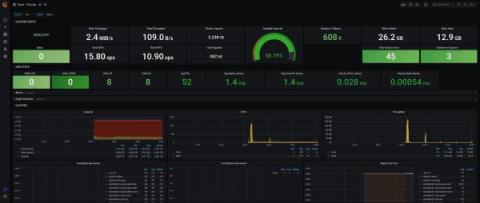Challenges maintaining Prometheus LTS
In this article, we’ll cover the three main challenges you may face when maintaining your own Prometheus LTS solution. In the beginning, Prometheus claimed that it wasn’t a long-term metrics storage, the expected outcome was that somebody would eventually create that long-term storage (LTS) for Prometheus metrics. Currently, there are several open-source projects to provide long-term storage (Prometheus LTS). These community projects are ahead of the rest: Cortex, Thanos, and M3.











